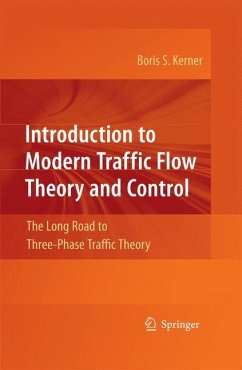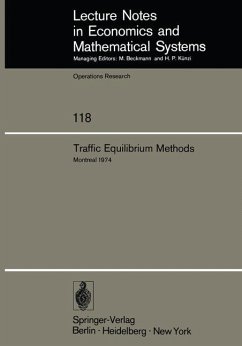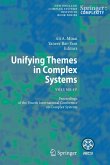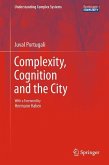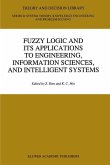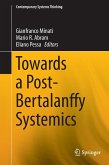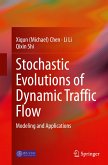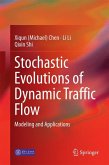The understanding of empirical traf?c congestion occurring on unsignalized mul- lane highways and freeways is a key for effective traf?c management, control, or- nization, and other applications of transportation engineering. However, the traf?c ?ow theories and models that dominate up to now in transportation research journals and teaching programs of most universities cannot explain either traf?c breakdown or most features of the resulting congested patterns. These theories are also the - sis of most dynamic traf?c assignment models and freeway traf?c control methods, which therefore are not consistent with features of real traf?c. For this reason, the author introduced an alternative traf?c ?ow theory called three-phase traf?c theory, which can predict and explain the empirical spatiot- poral features of traf?c breakdown and the resulting traf?c congestion. A previous book "The Physics of Traf?c" (Springer, Berlin, 2004) presented a discussion of the empirical spatiotemporal features of congested traf?c patterns and of three-phase traf?c theory as well as their engineering applications. Rather than a comprehensive analysis of empirical and theoretical results in the ?eld, the present book includes no more empirical and theoretical results than are necessary for the understanding of vehicular traf?c on unsignalized multi-lane roads. The main objectives of the book are to present an "elementary" traf?c ?ow theory and control methods as well as to show links between three-phase traf?c t- ory and earlier traf?c ?ow theories. The need for such a book follows from many commentsofcolleaguesmadeafterpublicationofthebook"ThePhysicsofTraf?c".
From the reviews:
"Three-phase theory must be taken seriously, and traditional analysis by traffic engineers should be revised. I hope the book will encourage the traffic research community to employ the concepts and methods that Kerner has so convincingly presented. ... Concepts are clearly illustrated with figures, and the book's useful glossary of traffic terminology should make the material accessible to graduate students in physics, mathematics, and engineering. ... I highly recommend Introduction to Modern Traffic Flow Theory and Control." (L. Craig Davis, Physics Today, March 2010)
"The book brings together the various paper publications by Kerner and his coauthors in a concise and readable manner. ... He provides the reader with a set of models that follow three-phase theory and can be used in traffic simulators. I would like to recommend this book by Boris Kerner and like to encourage our community to make use of his models (and theory) in future studies on traffic control." (Hannes Hartenstein, IEEE Vehicular Technology Magazine, September, 2010)
"This book contains and illustrates a qualitative theory of traffic flow based on three-phase traffic flow models which were introduced by the author and some coauthors in a long series of papers and experiments. ... Interested readers can be recommended to start reading this book ... ." (Hartmut Noltemeier, Zentralblatt MATH, Vol. 1189, 2010)
"Three-phase theory must be taken seriously, and traditional analysis by traffic engineers should be revised. I hope the book will encourage the traffic research community to employ the concepts and methods that Kerner has so convincingly presented. ... Concepts are clearly illustrated with figures, and the book's useful glossary of traffic terminology should make the material accessible to graduate students in physics, mathematics, and engineering. ... I highly recommend Introduction to Modern Traffic Flow Theory and Control." (L. Craig Davis, Physics Today, March 2010)
"The book brings together the various paper publications by Kerner and his coauthors in a concise and readable manner. ... He provides the reader with a set of models that follow three-phase theory and can be used in traffic simulators. I would like to recommend this book by Boris Kerner and like to encourage our community to make use of his models (and theory) in future studies on traffic control." (Hannes Hartenstein, IEEE Vehicular Technology Magazine, September, 2010)
"This book contains and illustrates a qualitative theory of traffic flow based on three-phase traffic flow models which were introduced by the author and some coauthors in a long series of papers and experiments. ... Interested readers can be recommended to start reading this book ... ." (Hartmut Noltemeier, Zentralblatt MATH, Vol. 1189, 2010)

